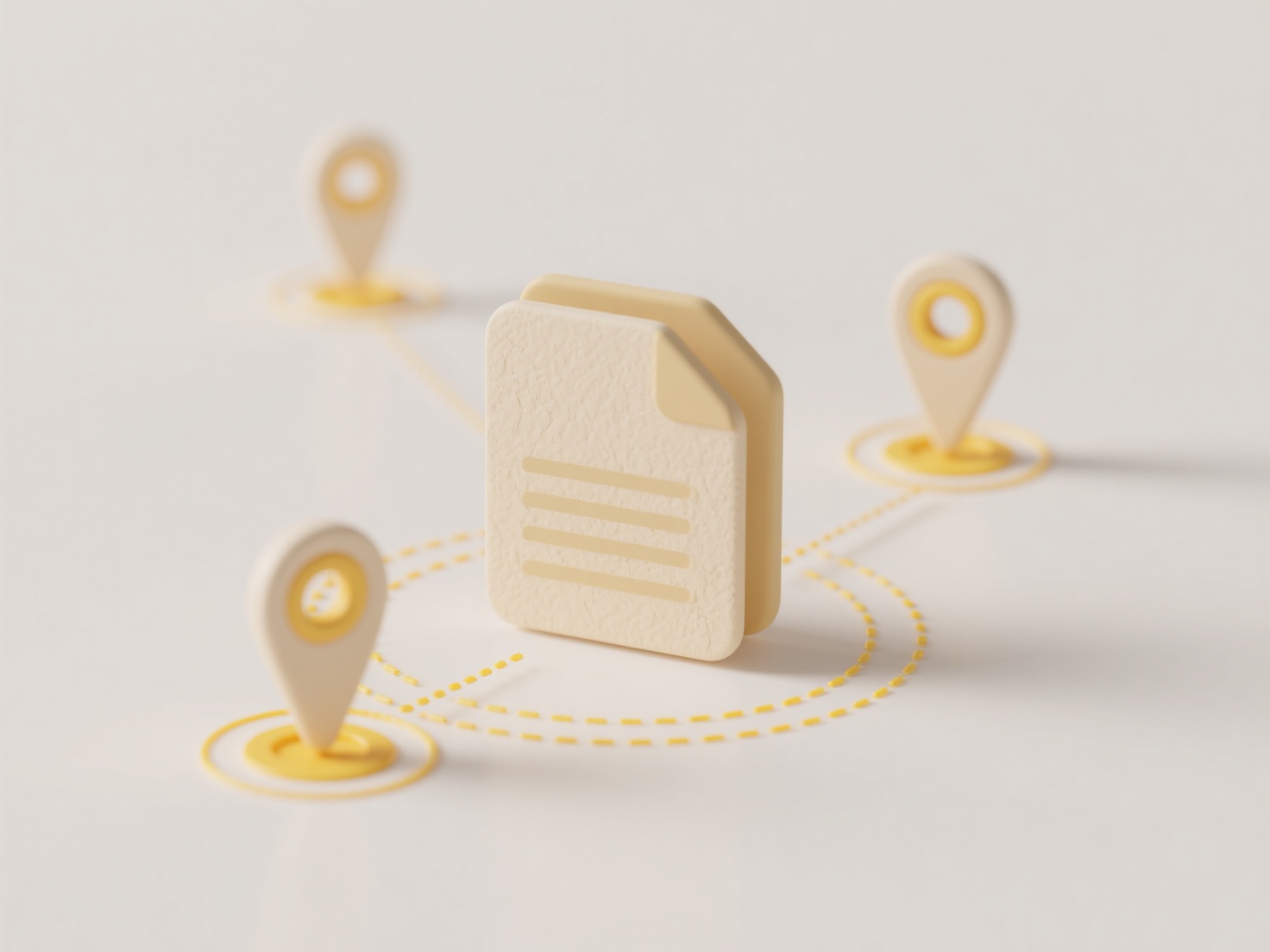
Synced mobile folders automatically replicate files between a device and cloud storage to maintain identical copies. Duplicates occur when conflicts arise during synchronization: if a file is edited on multiple devices without connectivity, the service may save altered versions as separate files instead of overwriting. Temporary files or naming changes by apps can also trigger duplication, as the sync process interprets them as distinct items needing preservation.
For example, an office worker editing a document offline may later find "Report(1).docx" alongside their original file after reconnecting. Similarly, photo backup services sometimes create duplicates when syncing camera roll images automatically renamed by editing tools or gallery apps. This frequently affects users of platforms like iCloud Drive, Google Drive, or OneDrive during interrupted updates.

While duplication preserves data integrity by avoiding accidental deletions, it consumes storage space and causes organizational challenges. Users must regularly audit folders to merge or remove copies manually. Though modern sync tools reduce conflicts via timestamps and conflict folders, unpredictable networks and app behaviors sustain this issue. Future improvements in file-versioning AI could automate duplicate management without user intervention.
Why are synced mobile folders creating duplicate files?
Synced mobile folders automatically replicate files between a device and cloud storage to maintain identical copies. Duplicates occur when conflicts arise during synchronization: if a file is edited on multiple devices without connectivity, the service may save altered versions as separate files instead of overwriting. Temporary files or naming changes by apps can also trigger duplication, as the sync process interprets them as distinct items needing preservation.
For example, an office worker editing a document offline may later find "Report(1).docx" alongside their original file after reconnecting. Similarly, photo backup services sometimes create duplicates when syncing camera roll images automatically renamed by editing tools or gallery apps. This frequently affects users of platforms like iCloud Drive, Google Drive, or OneDrive during interrupted updates.

While duplication preserves data integrity by avoiding accidental deletions, it consumes storage space and causes organizational challenges. Users must regularly audit folders to merge or remove copies manually. Though modern sync tools reduce conflicts via timestamps and conflict folders, unpredictable networks and app behaviors sustain this issue. Future improvements in file-versioning AI could automate duplicate management without user intervention.
Quick Article Links
How do I flag duplicate files for review?
Flagging duplicate files involves identifying identical or substantially similar files within a storage system and marki...
What is a file name suffix like “_copy” or “(1)”?
A file name suffix like "_copy" or "(1)" is an automatic addition made by an operating system or application to avoid ov...
How do I lock folder hierarchies?
Locking folder hierarchies restricts access to entire nested directory structures and their contents. This typically inv...